Shigeru Ban has perfected the art of enclosure
Taschen’s new XXL monograph, Shigeru Ban. Complete Works 1985 – Today, brings out the sheer diversity of the Japanese architect’s work

Philip Jodidio’s Stakhanovite proficiency in architectural publishing continues with the arrival of Shigeru Ban. Complete Works 1985 – Today, another hefty tome in the time-honoured Taschen tradition of over-sized and XXL works.

Shigeru Ban, Curtain Wall House, Itabashi, Tokyo, Japan, 1995
This time, your bookshelves will be given a thorough work out by the works of legendary Japanese architect Shigeru Ban. Perhaps the country’s best-known contemporary designer, largely down to the global spread and sheer diversity of his work, Ban’s oeuvre is traced in grand style by Jodidio’s newest monograph.

Shigeru Ban, Centre Pompidou-Metz, Metz, France, 2010
The format works especially well for Complete Works 1985 – Today for Ban’s approach frequently brings monumentality to buildings of conventional scale, often by exaggerating or over-emphasizing a particular element. This is aptly demonstrated in his early Curtain Wall House project in Tokyo (1995), a pun on the dominant technical feature of international style architecture by way of removing the conventional façade altogether in favour of a literal curtain.

Shigeru Ban, Mount Fuji World Heritage Center, Fujinomiya, Shizuoka, Japan, 2017
It wasn’t long after this that Ban’s association with cardboard began. His fascination with the structural possibilities of this prosaic material ushered a whole new era of demountable design, used to great effect in disaster zones where it could be used as the core component of shelter and refuge.
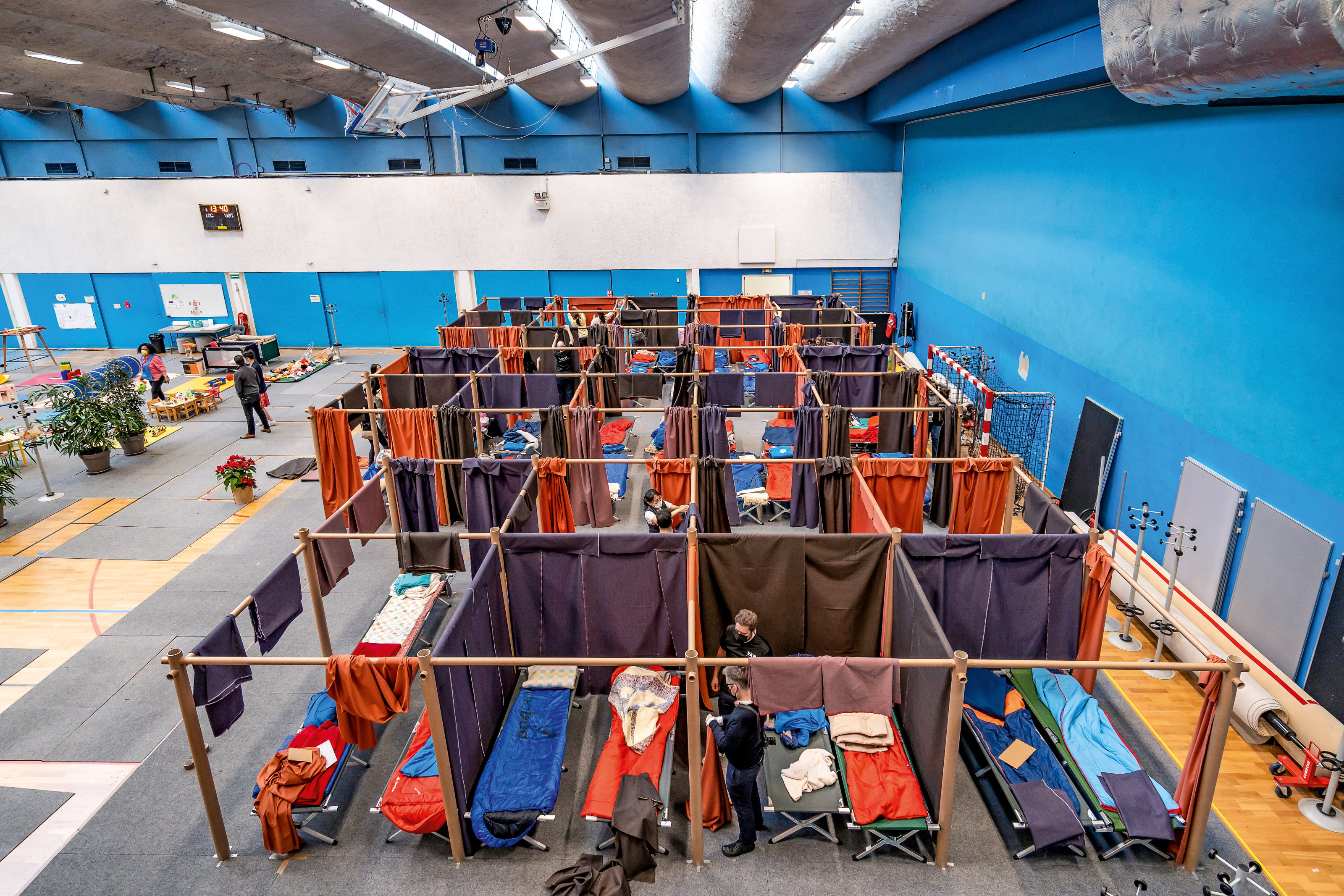
Shigeru Ban, Ukraine Refugee Assistance Project, Paris, France, 2022
The book offers up stark juxtapositions as a result – a Manhattan penthouse versus a dormitory shelter built for the Ukraine Refugee Assistance Project in Paris, or the precision of the Swatch/Omega campus in Switzerland compared to Post-Tsunami Rehabilitation Houses built in Sri Lanka in 2007.
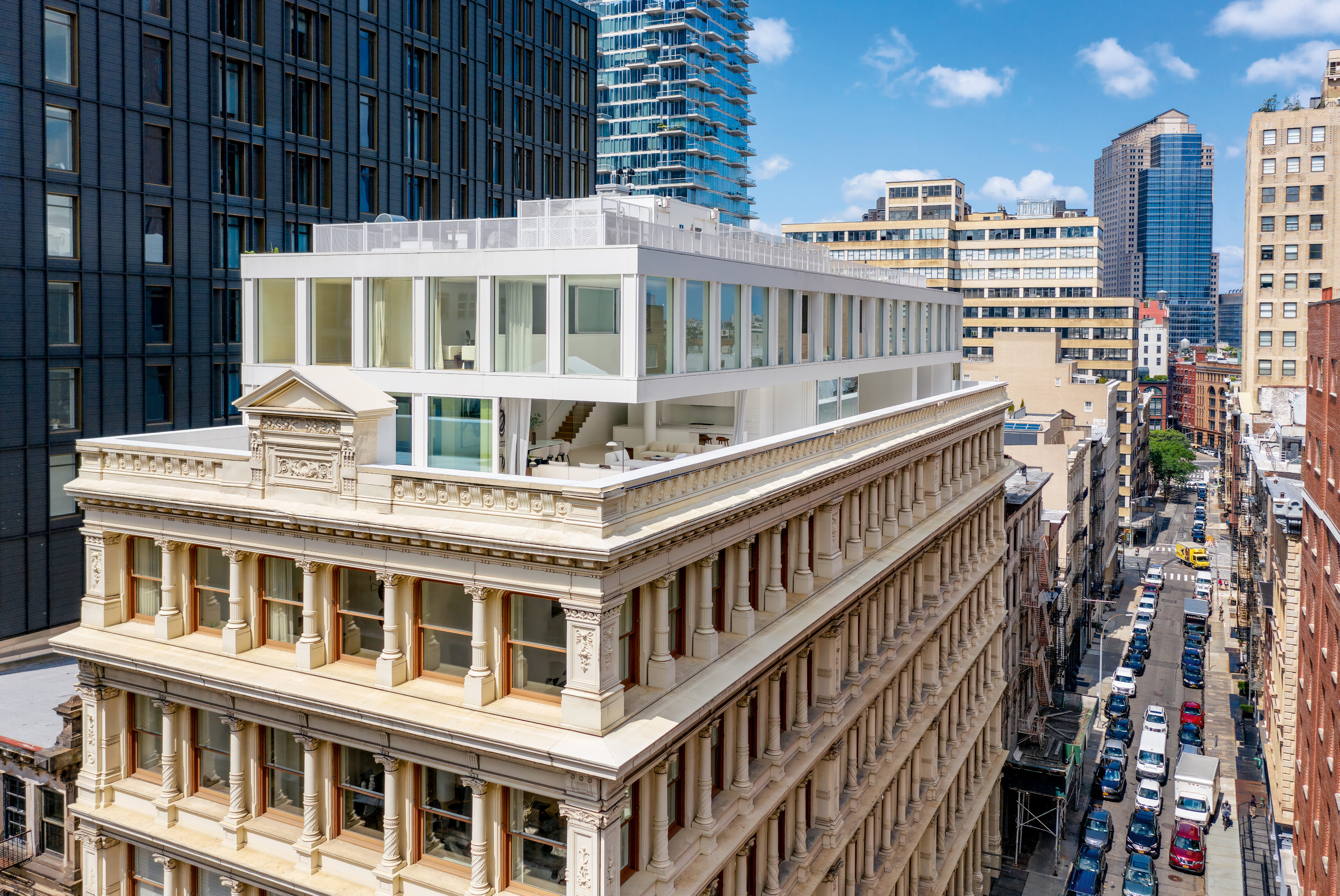
Shigeru Ban, Cast Iron House, New York, United States, 2021
Ultimately, Ban’s work showcases how architecture can be both veil and shelter. The former relies on the translucent and ephemeral, whereas the latter is all about raw materiality. In a world where basic shelter is the most valuable commodity of all, this approach pays instant humanitarian dividends, as well as provide a vital revaluation of how to make the most of materials in an age of finite resources.

Shigeru Ban. Complete Works 1985 – Today, limited art edition
Shigeru Ban. Complete Works 1985 – Today, Philip Jodidio, £200, Taschen.com, @Taschen
Receive our daily digest of inspiration, escapism and design stories from around the world direct to your inbox.
The book is also available as 200 numbered art editions, each with a signed Shigeru Ban print custom-built 3D laser-cut wooden cover, £1,750, Taschen.com.
See more of our favourite architecture books.
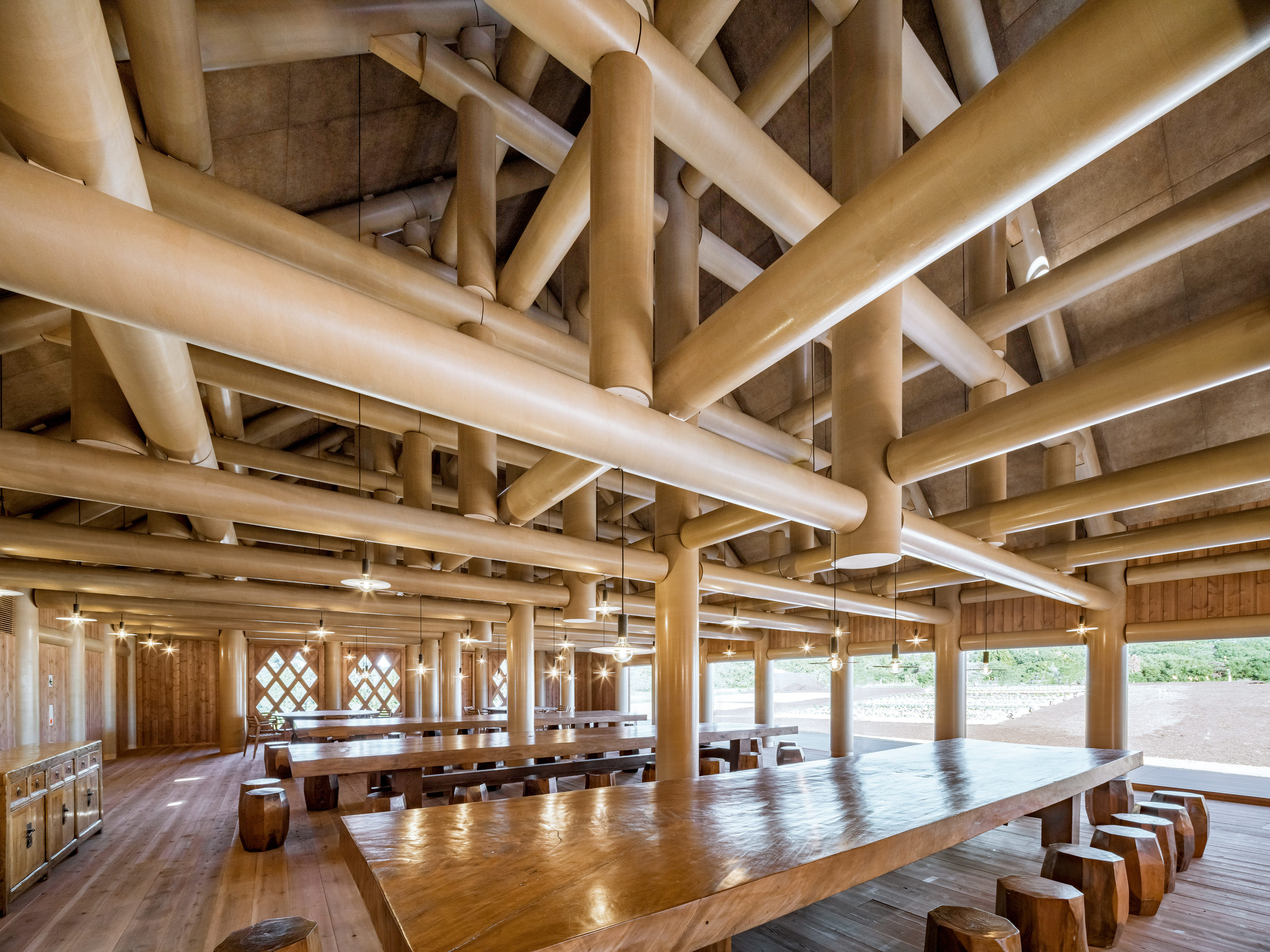
Shigeru Ban, Haru Sansan Farmer’s Restaurant, Awaji, Hyogo, Japan, 2022
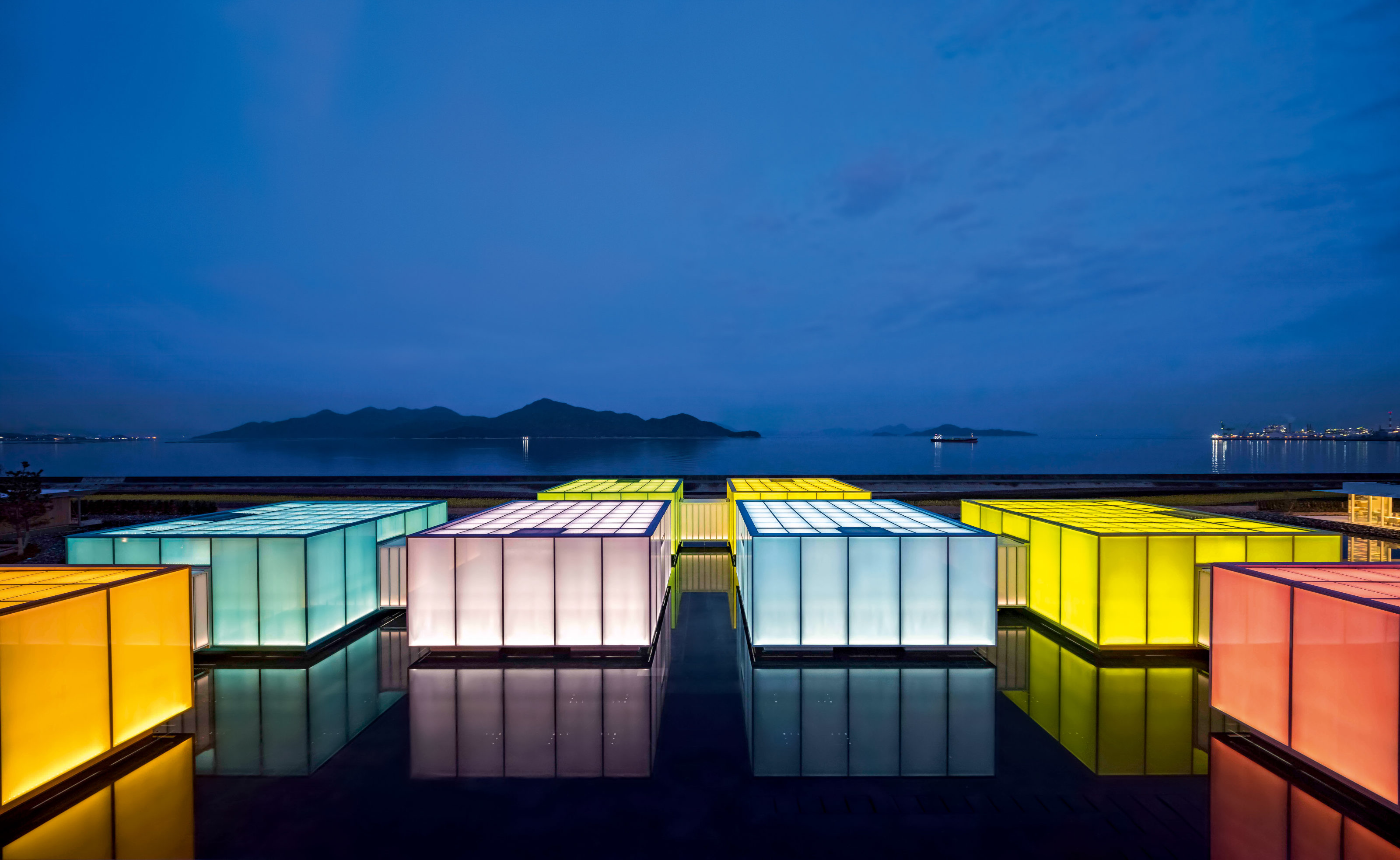
Shigeru Ban, Simose, Otake, Hiroshima, Japan, 2023

Jonathan Bell has written for Wallpaper* magazine since 1999, covering everything from architecture and transport design to books, tech and graphic design. He is now the magazine’s Transport and Technology Editor. Jonathan has written and edited 15 books, including Concept Car Design, 21st Century House, and The New Modern House. He is also the host of Wallpaper’s first podcast.
-
 Ten out-of-this-world design exhibitions to see in 2026
Ten out-of-this-world design exhibitions to see in 2026From contemporary grandes dames to legends past, and ‘non-human’ design: here are ten design exhibitions we’re looking forward to seeing in 2026
-
 Apple Music’s new space for radio, live music and events sits in the heart of creative LA
Apple Music’s new space for radio, live music and events sits in the heart of creative LAApple Music’s Rachel Newman and global head of workplace design John De Maio talk about the shaping of the company’s new Los Angeles Studio
-
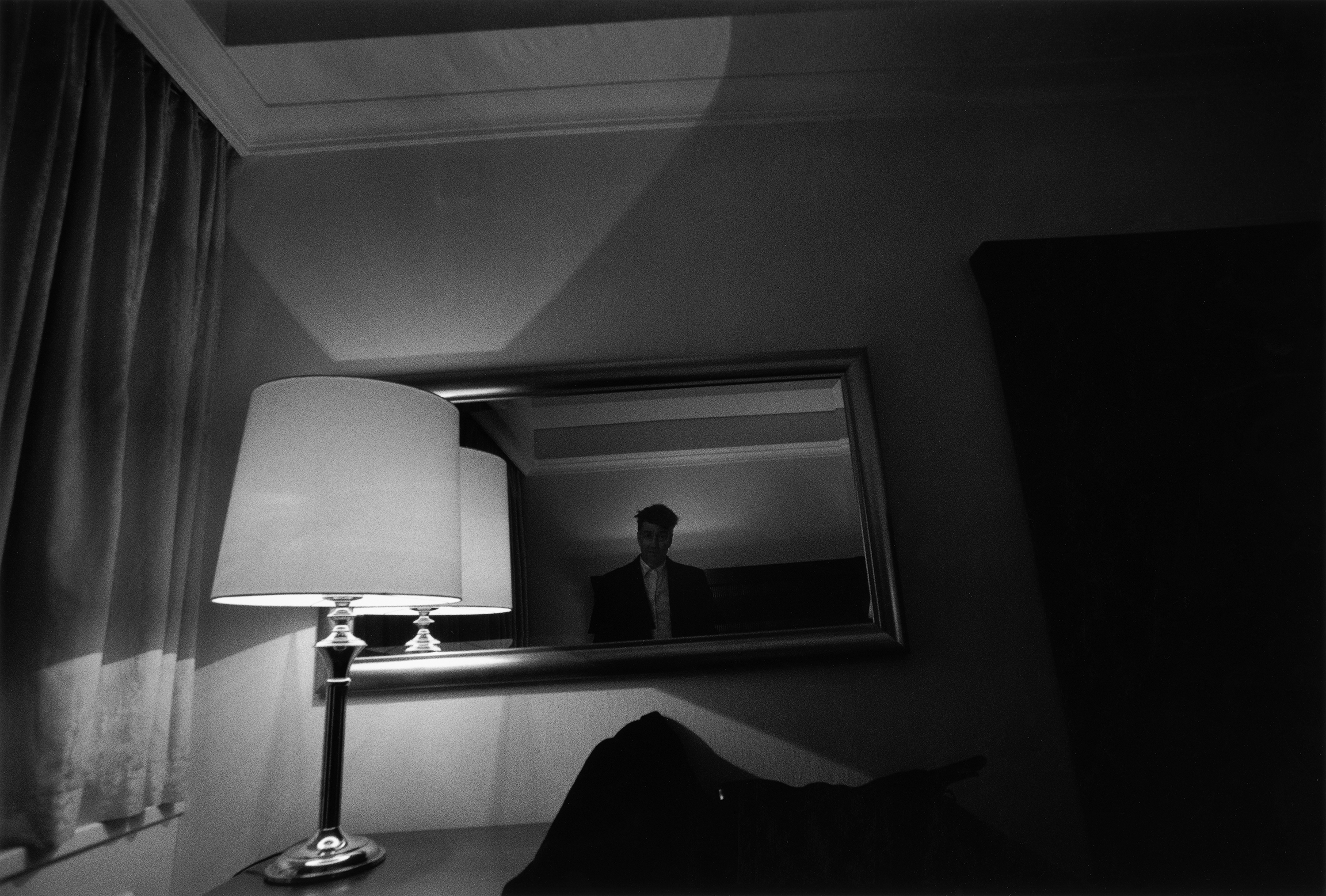 David Lynch’s photographs and sculptures are darkly alluring in Berlin
David Lynch’s photographs and sculptures are darkly alluring in BerlinThe late film director’s artistic practice is the focus of a new exhibition at Pace Gallery, Berlin (29 January – 22 March 2026)
-
 This Fukasawa house is a contemporary take on the traditional wooden architecture of Japan
This Fukasawa house is a contemporary take on the traditional wooden architecture of JapanDesigned by MIDW, a house nestled in the south-west Tokyo district features contrasting spaces united by the calming rhythm of structural timber beams
-
 The Architecture Edit: Wallpaper’s houses of the month
The Architecture Edit: Wallpaper’s houses of the monthThis September, Wallpaper highlighted a striking mix of architecture – from iconic modernist homes newly up for sale to the dramatic transformation of a crumbling Scottish cottage. These are the projects that caught our eye
-
 A Tokyo home’s mysterious, brutalist façade hides a secret urban retreat
A Tokyo home’s mysterious, brutalist façade hides a secret urban retreatDesigned by Apollo Architects, Tokyo home Stealth House evokes the feeling of a secluded resort, packaged up neatly into a private residence
-
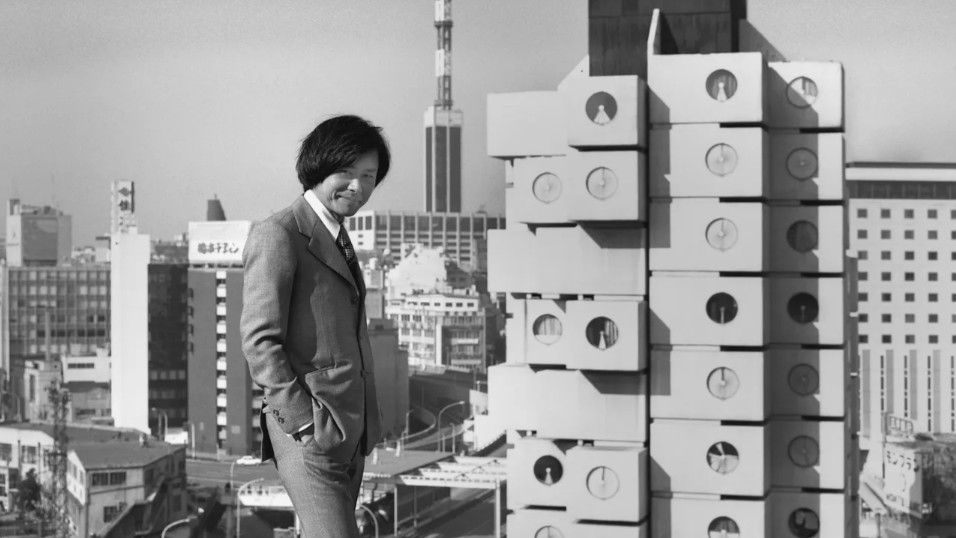 How an icon of Japanese Metabolist architecture took on a life of its own – even after its destruction
How an icon of Japanese Metabolist architecture took on a life of its own – even after its destructionWhen Kishō Kurokawa designed the modular Nakagin Capsule Tower more than 50 years ago, he imagined it boarding ships and travelling the world. Now it has, thanks to a new show at MoMA
-
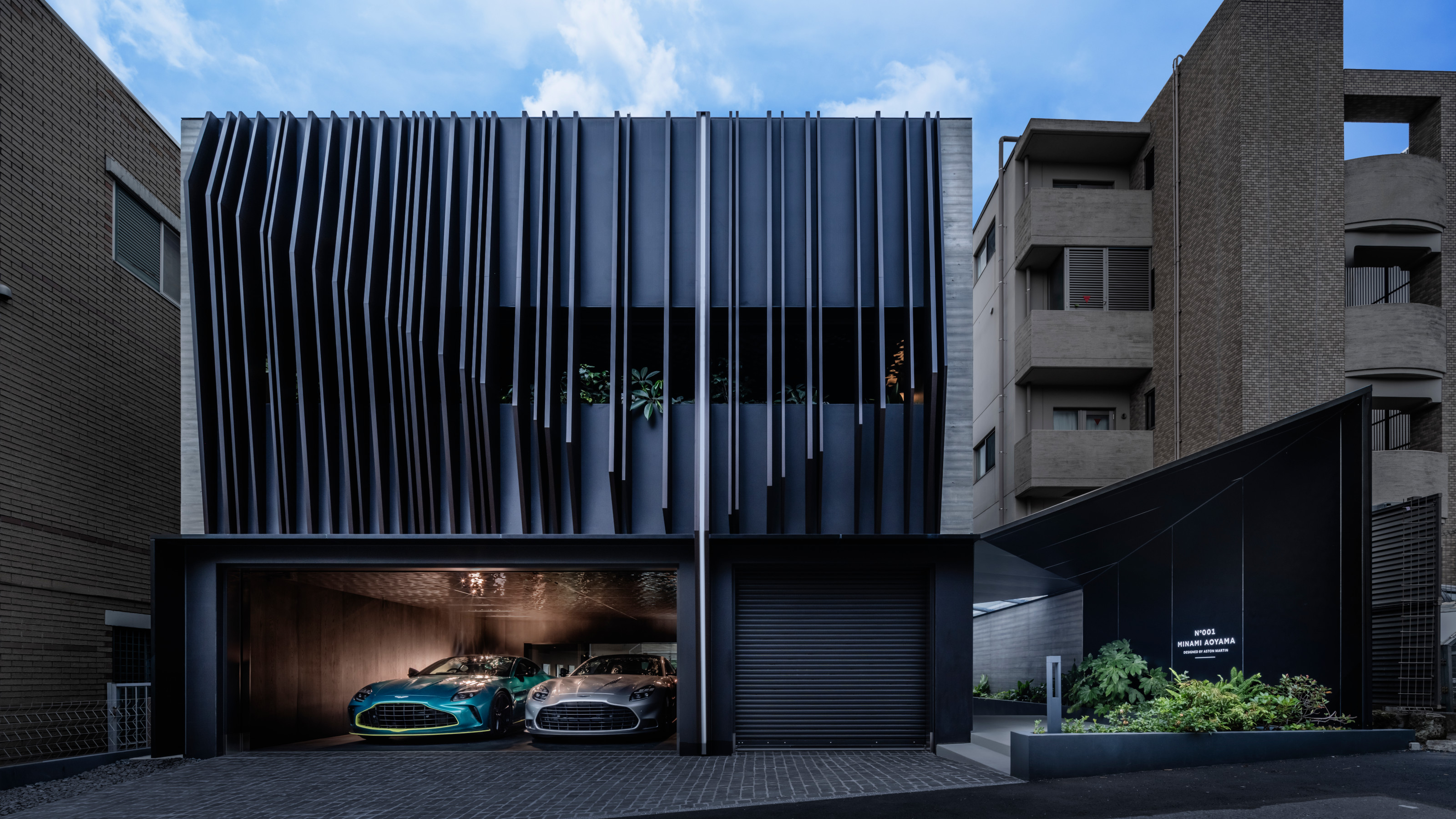 Aston Martin completes its first Tokyo townhouse, crafted by the brand’s design team
Aston Martin completes its first Tokyo townhouse, crafted by the brand’s design teamThis luxurious private house in Tokyo’s Omotesandō neighbourhood offers design and details shaped by Aston Martin, as well as features for the dedicated car collector
-
 Tour the brutalist Ginza Sony Park, Tokyo's newest urban hub
Tour the brutalist Ginza Sony Park, Tokyo's newest urban hubGinza Sony Park opens in all its brutalist glory, the tech giant’s new building that is designed to embrace the public, offering exhibitions and freely accessible space
-
 Shigeru Ban wins 2024 Praemium Imperiale Architecture Award
Shigeru Ban wins 2024 Praemium Imperiale Architecture AwardThe 2024 Praemium Imperiale Architecture Award goes to Japanese architect Shigeru Ban
-
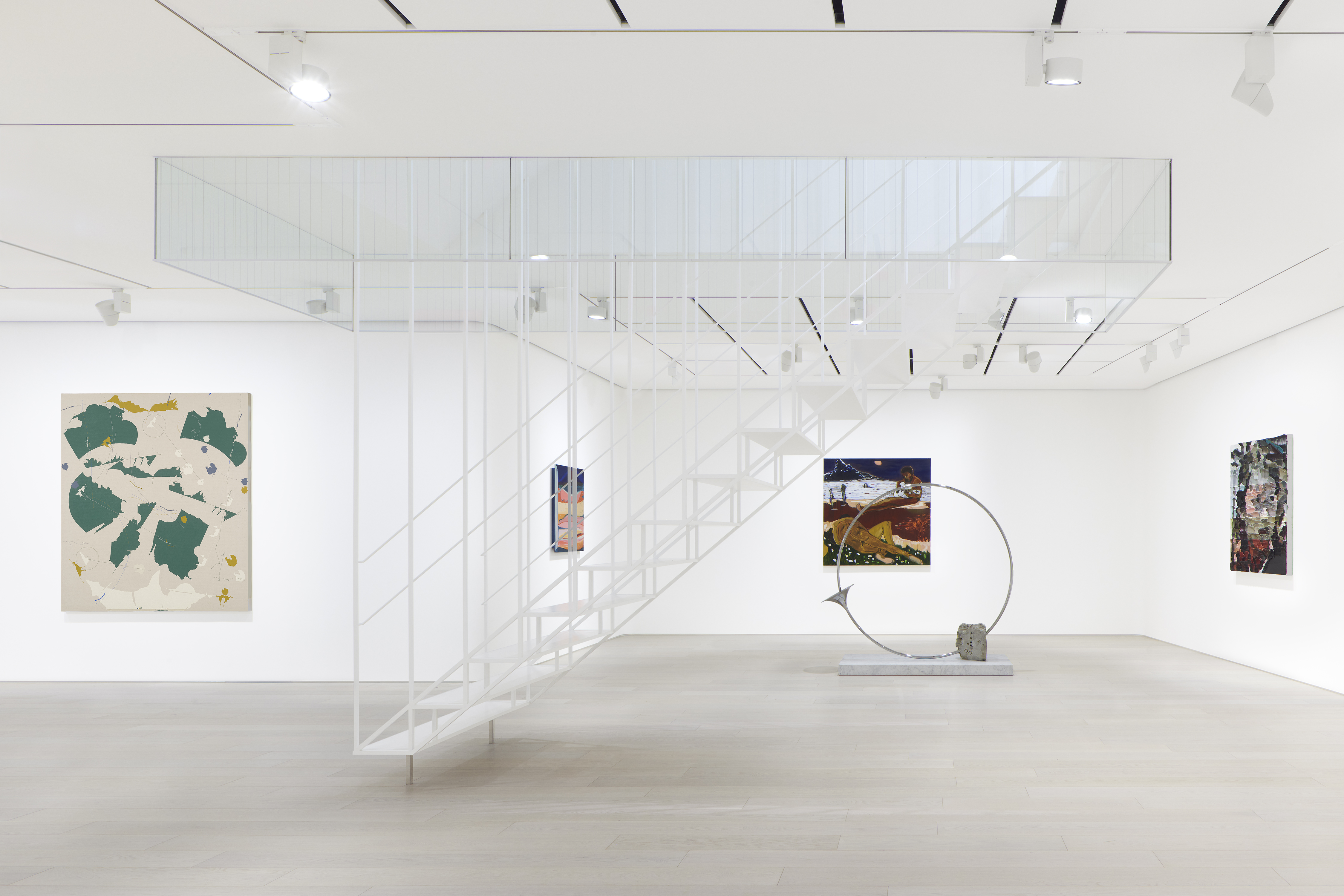 Pace Tokyo is a flowing Sou Fujimoto experience that ‘guides visitors through the space’
Pace Tokyo is a flowing Sou Fujimoto experience that ‘guides visitors through the space’Art gallery Pace Tokyo, designed by Sou Fujimoto in a Studio Heatherwick development, opens in the Japanese capital